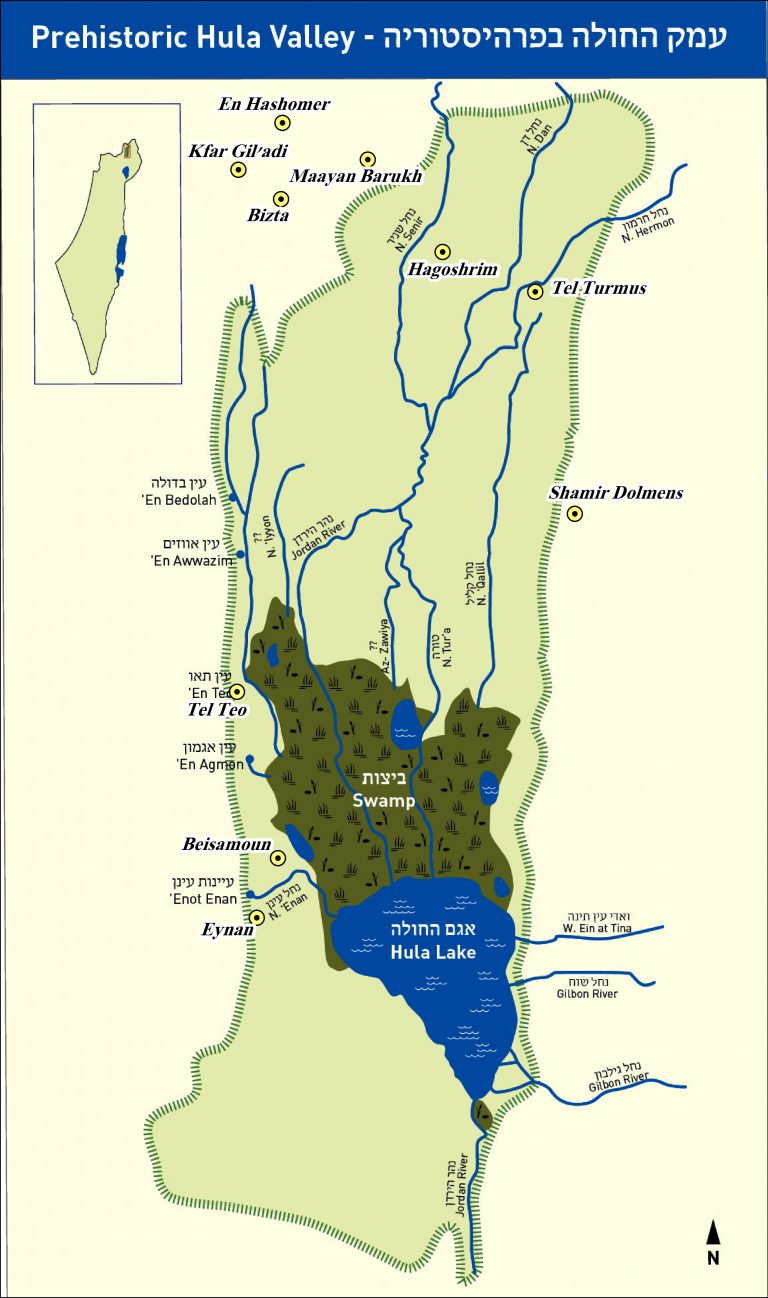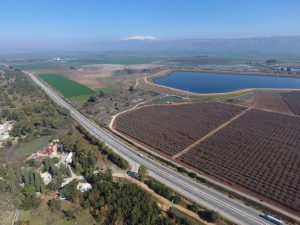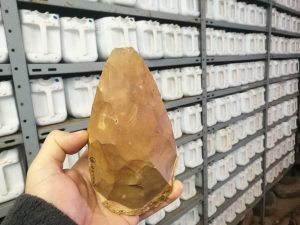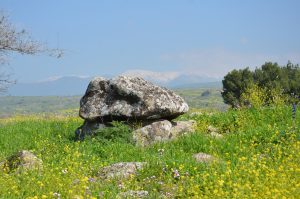Prehistoric Sites of the Hula Valley
Prehistory of the Hula Valley
The Hula Valley is a section of the northern Dead Sea Rift Valley (a segment of the Afro-Syrian Rift). The Basin is home to world important prehistoric sites, some are brifly described below…
The Hula Valley is a section of the northern Dead Sea Rift Valley (a segment of the Afro-Syrian Rift). The valley is 22 km long and 7 km wide and lies 70 m above sea level and 800 m below the elevated rift margins. On its western edge, along the margins of the Upper Galilee Mountains, Early Cretaceous to Pleistocene rocks are exposed (mainly Limestone, sandstone, and basalt). To the east, Plio–Pleistocene basalt flows cover the elevated Golan plateau. The valley is bounded to the south by the Korazim block, covered mainly by basalt rocks. There is no clear structural or morphological northern boundary . The climate is Mediterranean, with hot dry summers and cool rainy winters. Current annual rainfall ranges from less than 400 mm in the southern valley to up to 800 mm in the north. The valley is flourishing with water. More than 1,500 mm of precipitation falls on the Hermon Mountain range (mostly as snow), feeding underground springs and accounting for much of the abundant water (about 500‒1,200 million m3 annually) flowing through the valley. The Jordan River with its three main tributaries, the Dan (the largest spring in the Middle East), the Banias and the Hatzbani, is the primary water body of the valley. Throughout human history up until the 1950s, the southern Hula Valley was occupied by Lake Hula, a 15 km2 pear-shaped shallow lake with water levels fluctuating seasonally between 1 and 3 meters. North of the lake were extensive swamps covering an area of 45‒75 km2 (depending on seasonally fluctuating water levels). Between 1951 and 1958, the lake and swamps were drained in order to increase cultivable land area, reduce evaporative water loss, and eradicate malaria, which actually was extinct from the region by the time of drainage.
From as early as the Lower Paleolithic, humans have chosen to occupy the Hula Valley. The valley is home to significant settlements, beginning in the Natufian with the village of Eynan. During later prehistory the Valley is occupied by many significant sites such as the Late Pre-pottery Neolithic site of Beisamoun, one of the largest Neolithic site in Israel, and the Late Neolithic to Early Bronze sites of Hagoshrim (Getzov 2009) and Tel Teo. The Hula Valley is also home to the largest archaeological tels in Israel, including Tel Hazor and other significant Bronze and Iron Age sites such as Tel Dan and Tel Abel Beth Maacah.
Geographically, it is evident that site distribution in the Hula Valley was determined primarily by the lake and swamps. The sites are located along the lake margin and generally north of the swamps.
Paper (in Hebrew) on the early prehistory of the Dead Sea Rift Valley



